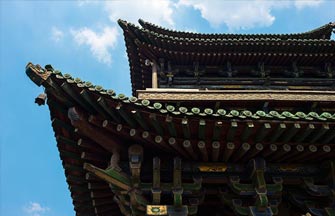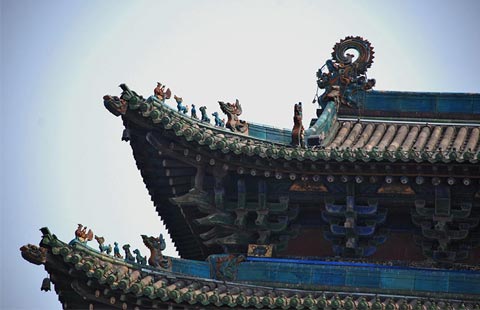Puppeteers struggle to pull right strings to save art
By Wang Kaihao ( China Daily ) Updated: 2015-06-23 07:30:28"It's our fault if children in Quan-zhou don't understand marionette," Wang says, getting emotional. "However, it's their choice whether they develop an interest in it as adults."
Tan Xuegang, deputy director of Fujian provincial office protecting intangible cultural heritage, says a project launched in 2006 encourages sustainable development of marionettes.
Tan explains that the project offers economic support for intangible cultural heritage inheritors. A national-level inheritor will get 10,000-yuan subsidy a year to train a new generation of performers. Marionette making and performance departments in Shanghai Theater Academy and several local colleges in Quanzhou have been established to nurture potential practitioners.
The troupe headed by Wang considers it more important to ensure quality work, rather than simply training more performers.
"Intangible cultural heritage has become a hot topic today. Some people are eager to get registered, thinking it will bring them money and fame, but they neglect authenticity."
Quanzhou Marionette continues to be accompanied by ballads sung in the dialect of southern Fujian. A live band accompanies them using gongs and drums. Wang worries that marionette performers in the rest of the country are no longer able to sing folk songs and instead rely on recorded soundtracks. They also have poor puppet-making skills.
"Still, many label themselves as intangible cultural heritage inheritors. That fad is not right."
In 2010, the project in Quanzhou was named by UNESCO as an example of how to safeguard intangible cultural heritage. Earlier this year, the UNESCO-led International Training Center for Intangible Cultural Heritage in the Asia-Pacific Region, which is based in Beijing, organized Quanzhou Marionette to tour Cambodia and Indonesia to train people in the two countries on how to preserve their heritage. Quanzhou Marionette will possibly expand to more Southeast Asian countries in the future, according to Tan.
"The folk beliefs and arts in Fujian and Southeast Asia have many similarities and have interacted throughout history," says Guo Zhan, chairman of World Heritage Institute under China Cultural Relic Academy, referring to Quanzhou's status as one of world's leading sea harbors in Southern Song and Yuan (1271-1368) Dynasties.
As China plans to cooperate with neighboring countries in co-bidding for sites along the Maritime Silk Road to be listed by UNESCO World Cultural Heritage locations in the coming years, an integrated regional system of intangible cultural heritage will play an important role, he says.
|
|
|
|
|
|
|
|























 Raymond Zhou:
Raymond Zhou: Pauline D Loh:
Pauline D Loh: Hot Pot
Hot Pot Eco China
Eco China China Dream
China Dream China Face
China Face




